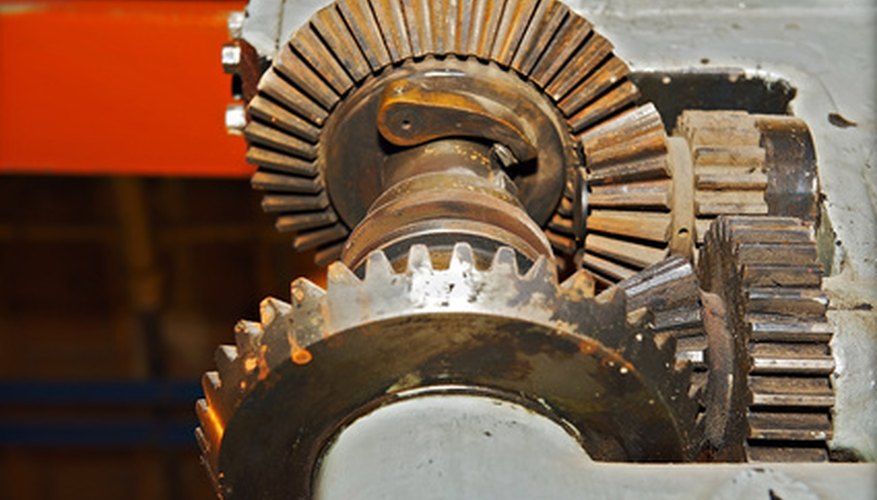In simple terms a differential transmits the power generated from an automobile engine to the wheels while at the same time allowing the wheels to spin at different speeds. There are two types of differentials available--an open and a limited slip. Limited slip differentials are becoming more popular. But before you decide if it is right for your situation you should know about both the pros and cons.
Cornering and Control
If you ever twirl a ball on a string around and around you will notice that the ball is moving much faster, and covering more ground, than the part of the string next to your hand. This same situation happens in your car as you turn a corner--the inside wheel spins slower and travels less far than the outside wheel. In order to compensate for this a limited slip differential will change the amount of power going to the inside and outside wheel so they match and don't get out of sync. If this did not happen, the inside wheel would push outward and make cornering more difficult.
- If you ever twirl a ball on a string around and around you will notice that the ball is moving much faster, and covering more ground, than the part of the string next to your hand.
- This same situation happens in your car as you turn a corner--the inside wheel spins slower and travels less far than the outside wheel.
Power Efficiency
Limited slip differentials are very popular on high-power sports cars, because as a sports car takes a corner at high speeds, the limited slip differential slows the car down considerably. This reduction in power can be high in situations in which a driver is attempting to get high performance from the vehicle. A limited slip differential also generates a higher level of traction, which increases the performance and speed of the car.
Safer
A limited slip differential increases the safety of a vehicle because it increases the control a driver has over the vehicle. If turning a corner when the road is wet or icy, an open differential can cause the car to spin out of control because it can push the wheels across the road surface. A limited slip will help reduce tire slippage and reduce the chance you will spin. If you do start to spin the limited slip differential can help you get your vehicle back under control more quickly.
- A limited slip differential increases the safety of a vehicle because it increases the control a driver has over the vehicle.
- If you do start to spin the limited slip differential can help you get your vehicle back under control more quickly.
Traction
A disadvantage with a limited-slip differential is when you try to get started on an icy road from a stopped position. Usually with a limited-slip you have one wheel that is exerting most of the power. If this wheel looses traction on the ice then your car will slip and fishtail.
Maintenance
A limited-slip differential typically requires more maintenance than an open system as there are clutch plates that can wear out and oil that may need to be changed. An open system does not have the need for this type of maintenance.
